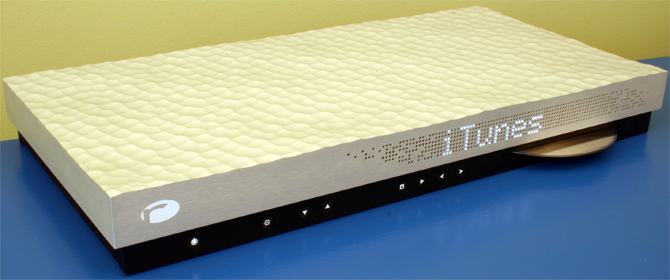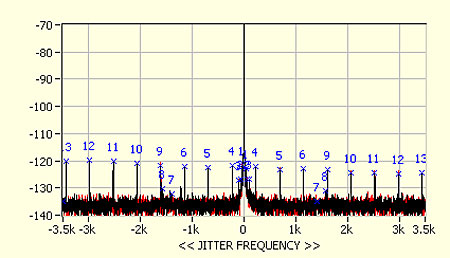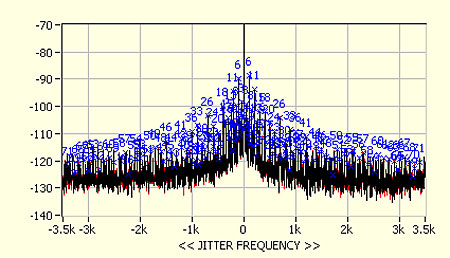btbluesky
100+ Head-Fier
Quote:
Since founder of stereophile just pasted away, I'll just use their links...
Ayre usb dac
Bel Canto USB transport
wavelength
I'm just including 1 magazine, and I'm pretty sure each of the reviewer have 30 or 50k+ downstream equips. You want more google enjoythemusic or other highend site for more models/reviews.
So what is your source for the "jitter mess". FYI, wavelength/ayre/dCS, their implementation is technical impossible to get jitter at the USB transport process (async USB), because the clock Master is at the DAC, not the computer.
I have a Havana w/ an old PCM27xx usb receiver chip, but butter smooth sound. Bel Canto coming in soon coz I'm planning on getting the monarchy.
| Originally Posted by DaveBSC /img/forum/go_quote.gif I don't understand using USB in a high end system at all. USB is not only bit rate limited but seems to suffer serious flaws as a digital transmission format. Particularly interesting was a set of tests showing the difference between a laptop connected with USB running on its batteries and connected to its power supply. When switching to wall power, the amount of jitter absolutely exploded, though even battery powered USB was still a jittery mess. S/Pdif and AES/EBU both have their problems, but USB seems to be far worse than both. |
Since founder of stereophile just pasted away, I'll just use their links...
Ayre usb dac
Bel Canto USB transport
wavelength
I'm just including 1 magazine, and I'm pretty sure each of the reviewer have 30 or 50k+ downstream equips. You want more google enjoythemusic or other highend site for more models/reviews.
So what is your source for the "jitter mess". FYI, wavelength/ayre/dCS, their implementation is technical impossible to get jitter at the USB transport process (async USB), because the clock Master is at the DAC, not the computer.
I have a Havana w/ an old PCM27xx usb receiver chip, but butter smooth sound. Bel Canto coming in soon coz I'm planning on getting the monarchy.










